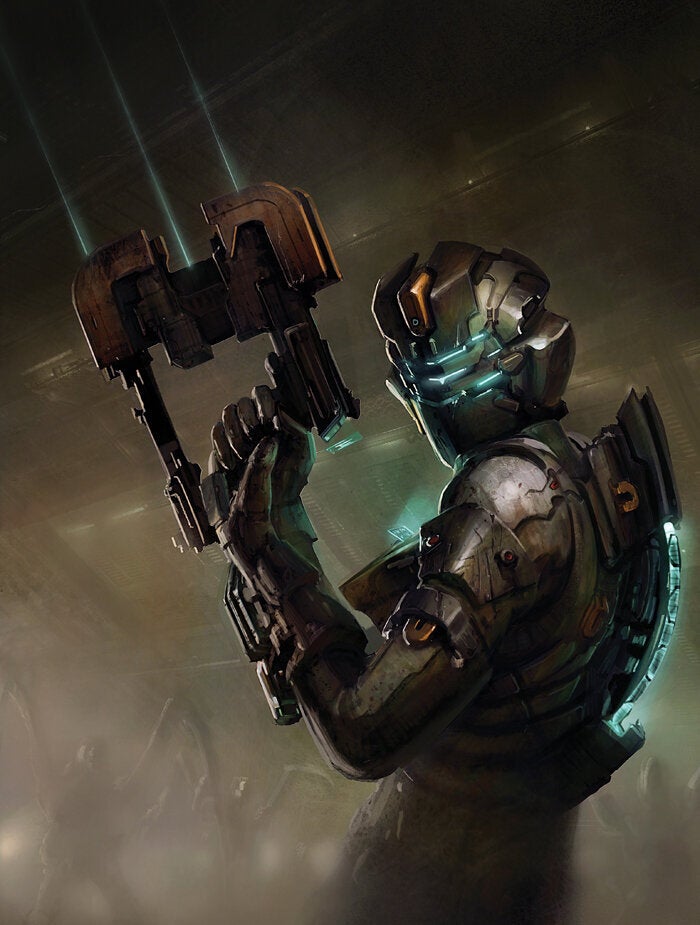
"Fear is a strange, delicious thing. Ever since we began telling stories, we've reveled in scaring each other... Video games are no different," begins the introduction to Robinson's book. With interviews with some of the key people involved in designing and creating the Dead Space game, this is a fascinating insight into an ever-changing, rapidly growing world.
As a non-gamer (who has the time?), I was completely new to Dead Space and the book explains the mythology behind the game's universe as well as giving an idea of its genesis. We learn that the lead character Isaac, "an ordinary hero", was originally a typical, square-jawed protagonist before the games' designers had a rethink. For those unfamiliar with the game, Isaac is an engineer tasked with repairing run-down space ships - and blasting away as many Necromorphs (alien zombies) as he goes. Dead Space 3 sees him waking up in hospital, with a question mark over his sanity. He escapes to the icy expanse of Tau Volantis where he has a series of puzzles to solve before he can discover what his forebears, the Sovereign Colonies, were doing there.
The attention to detail is delightful. "The fiction of Dead Space is carried through even the smallest elements of its world," writes Robinson and this is evident at every step. Dead Space boasts its own weather system (a first for the game, apparently), and has its own religion, Unitology (which bears an uncanny resemblance to Scientology, but don't let that put you off). Art director Ian Milham, who helped define the look of Dead Space from its beginning, says: "The player's going to move through the lighting, and it gave the shadows a lot to do." I even liked that the tools Isaac uses, Timson Tools, are named for the games' lead engineer, Steve Timson.
Dead Space wears its influences on its sleeve. I may be a relative stranger to the gaming world, but even I can spot the references to Ridley Scott's Alien, Stanley Kubrick's 2001 and Danny Boyle's 28 Days, as well as TV shows such as Space 1999 and Star Trek.
Even for non-gamer like me, it's engrossing to see just how much thought goes into creating a top-of-the-line game such as Dead Space. I might even check out the game itself. As Robinson says in his introduction, this is "smarter than your average videogame".
The Art of Dead Space (Titan Books) is available from Amazon.com